You can have the best boots, the lightest backpack, and a hut booked with the most stunning view in the Alps and still the mountain can remind you in ten minutes who is in charge. I have been caught in summer hail that felt like marbles, watched thunder roll over a ridge I had crossed an hour earlier, and walked through fog so thick I could barely see my own hands. When you are on a hut-to-hut trek, the weather is not just part of the scenery, it is part of the game.
Most days it is your companion. The sun lights up valleys and a breeze cools you on the climb. But when it turns, it decides how far you go, how fast you move, and even where you sleep. This is not about scaring you off. It is about respect. Respect for the mountains, for the signs they give you, and for your own limits. Get the weather part right and you give yourself the best chance to reach the next hut with nothing but great stories and maybe a sunburned nose.




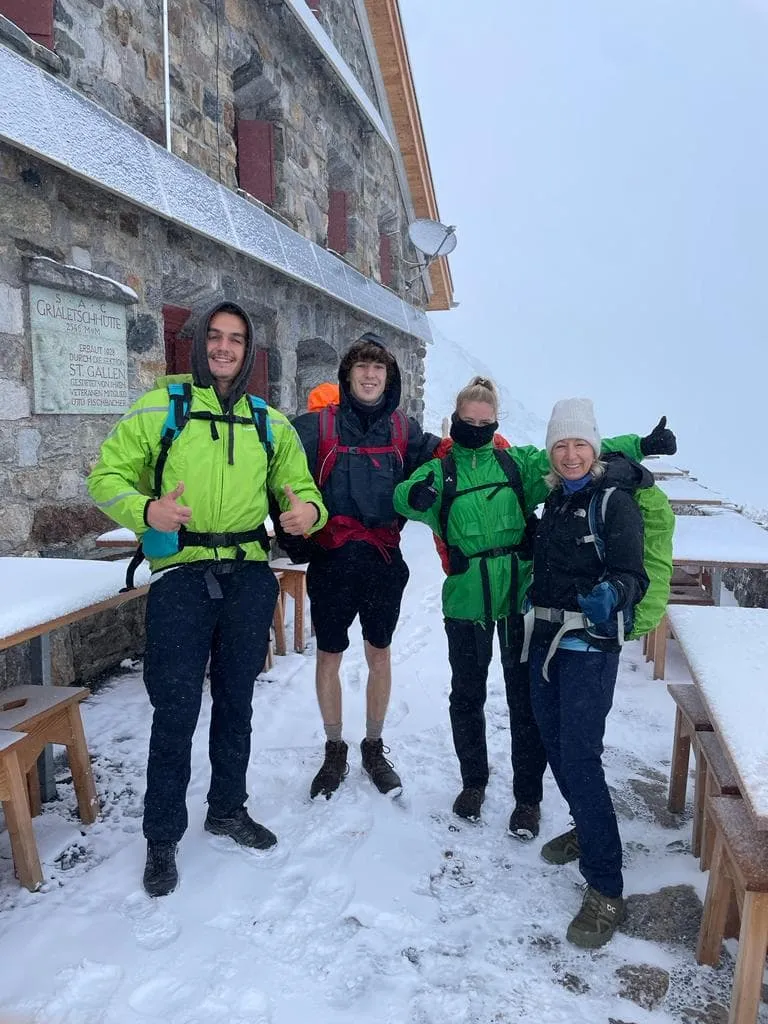
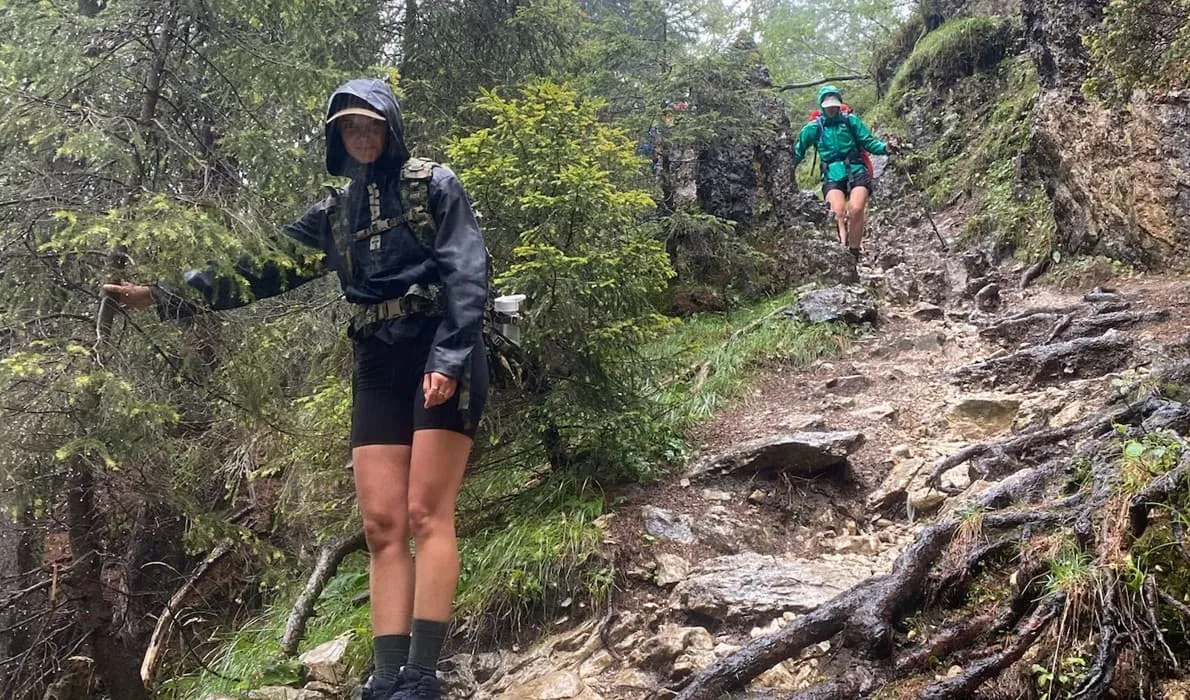
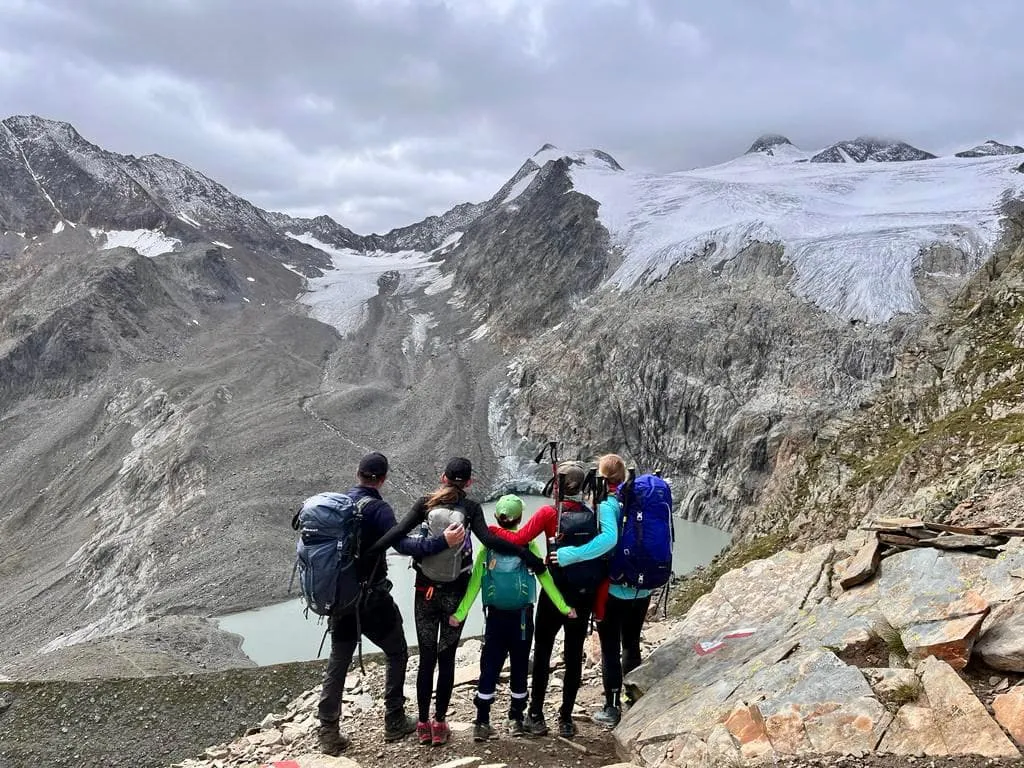
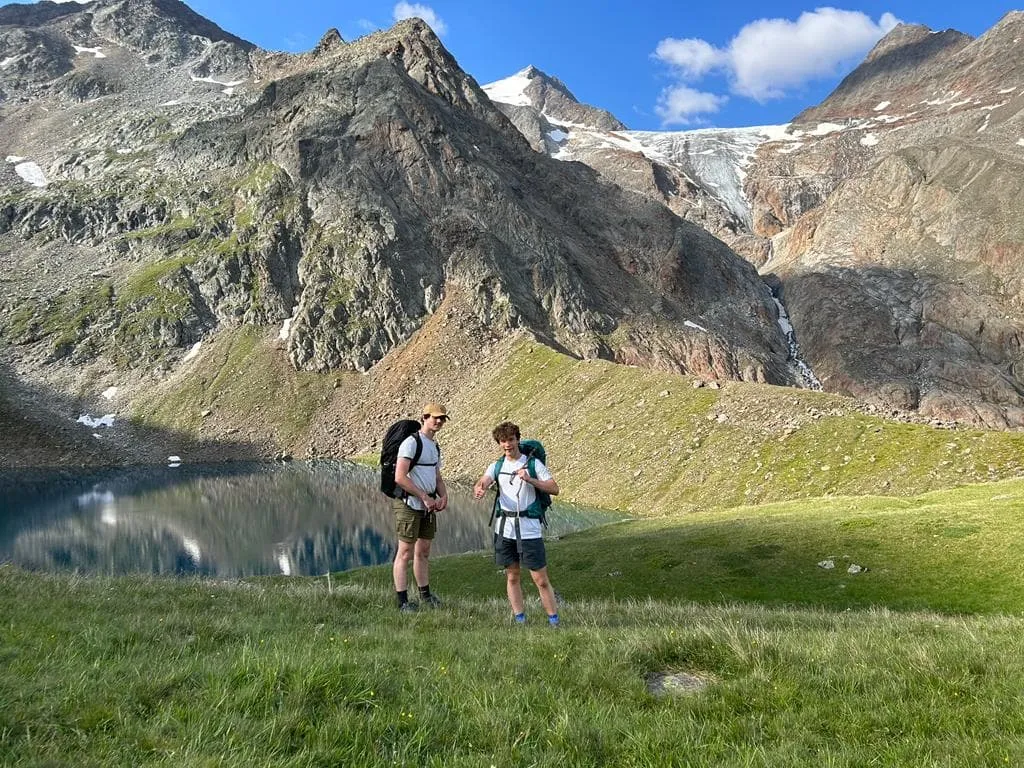
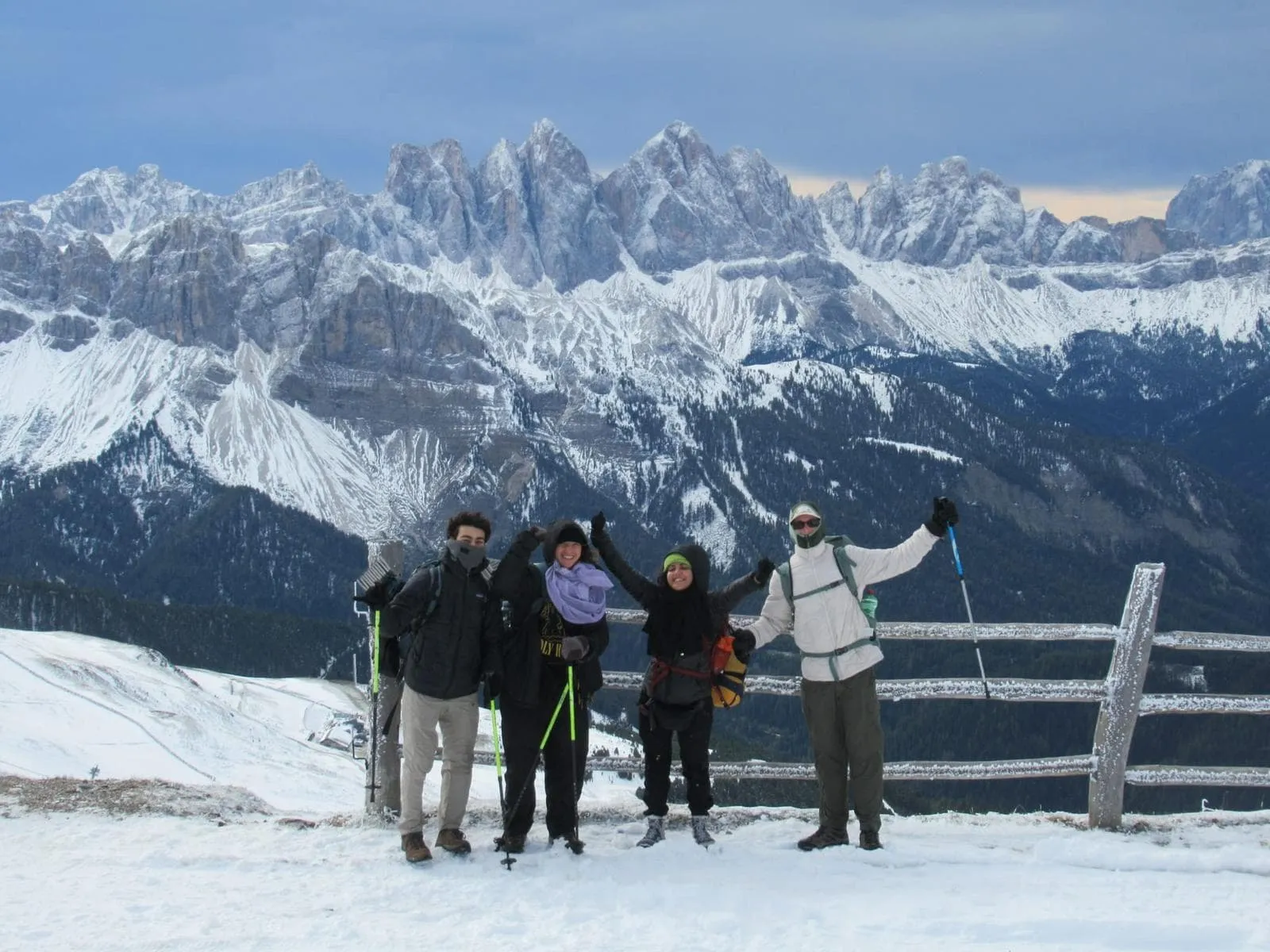
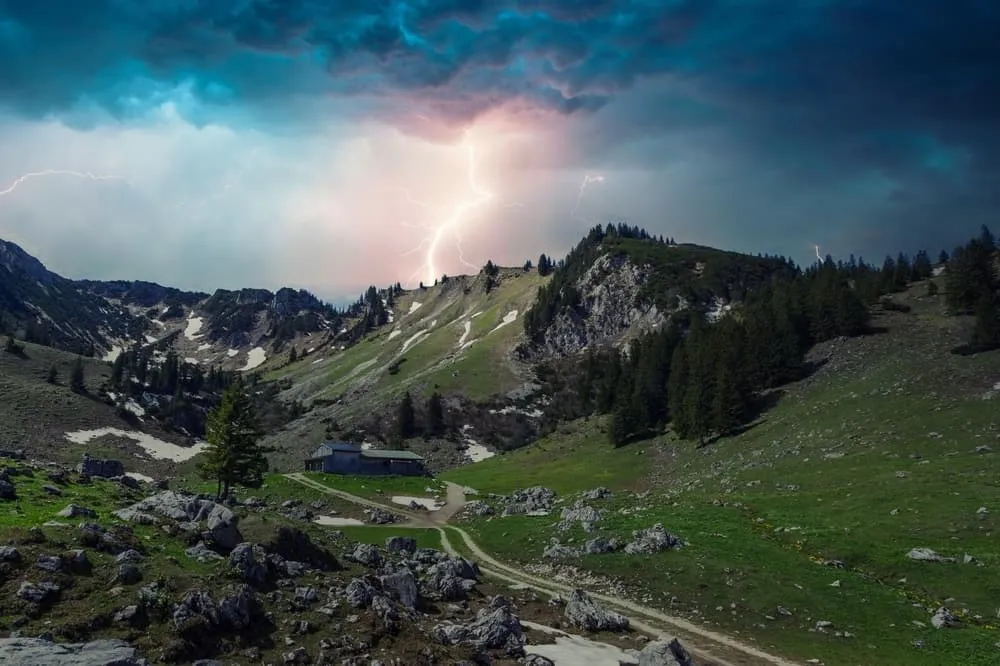
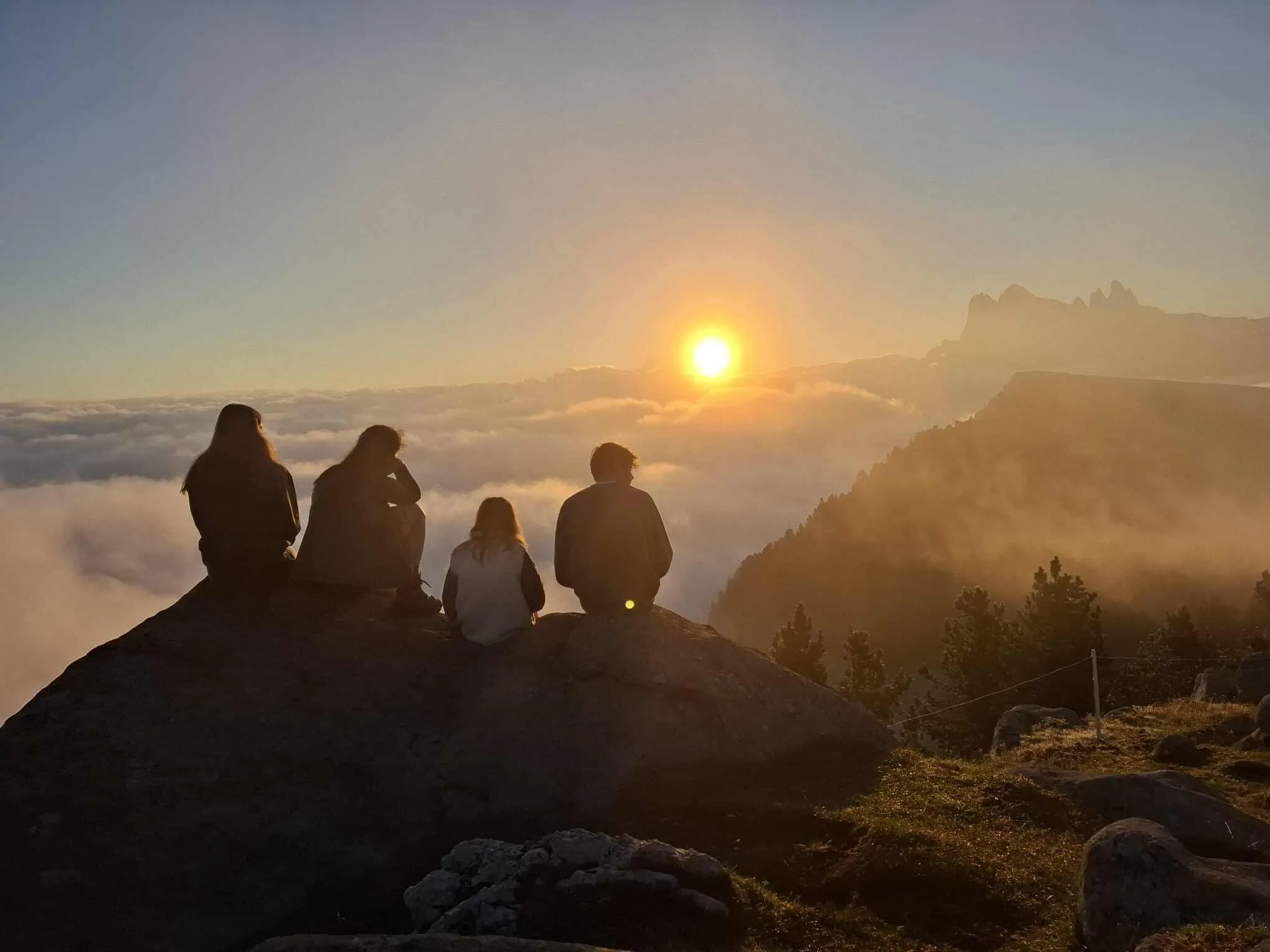
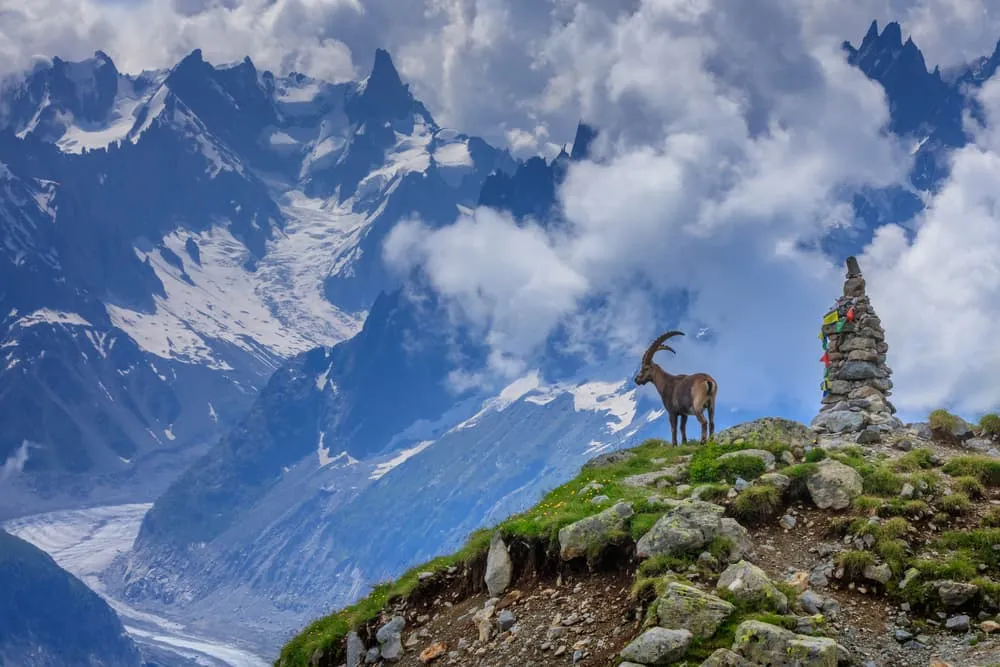
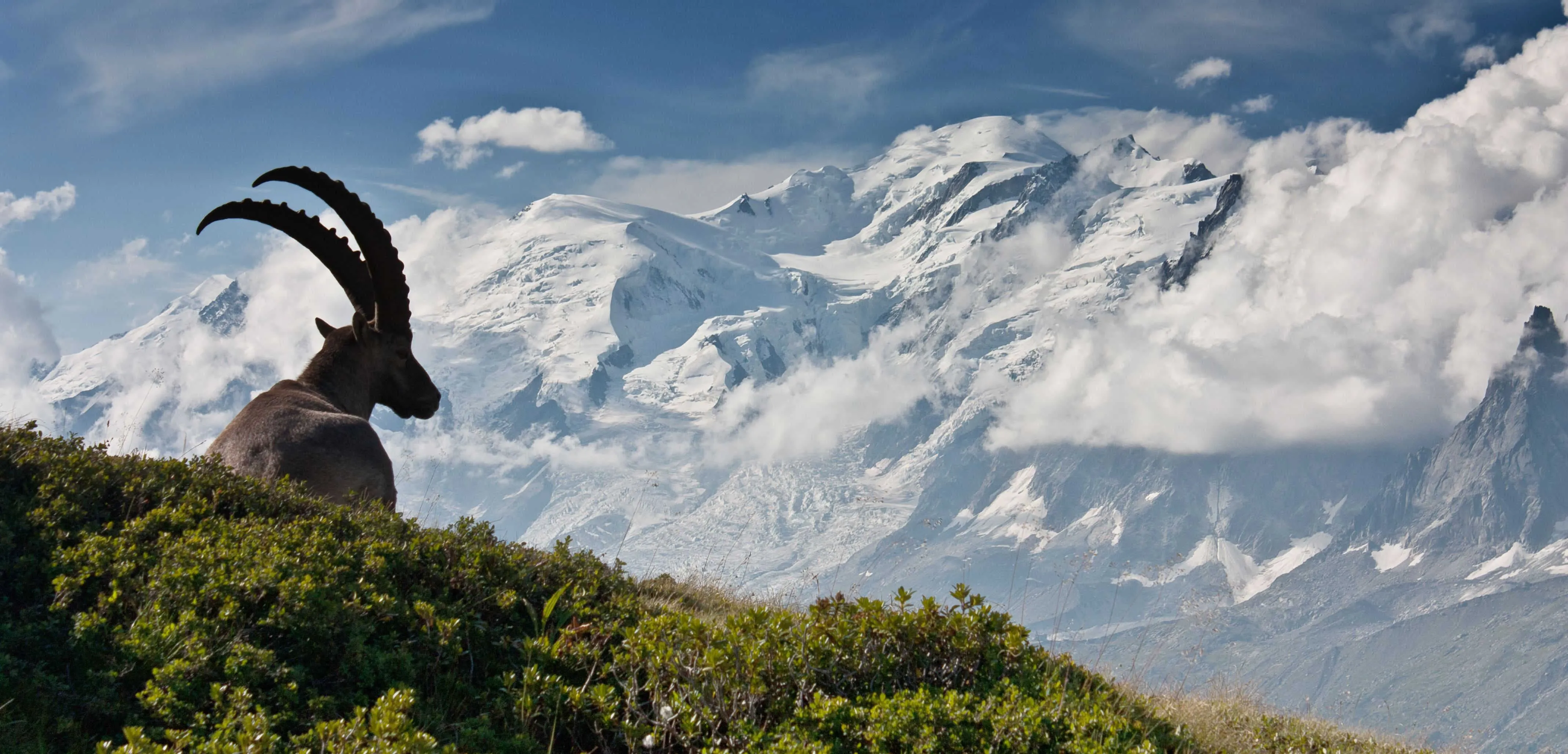
Comments